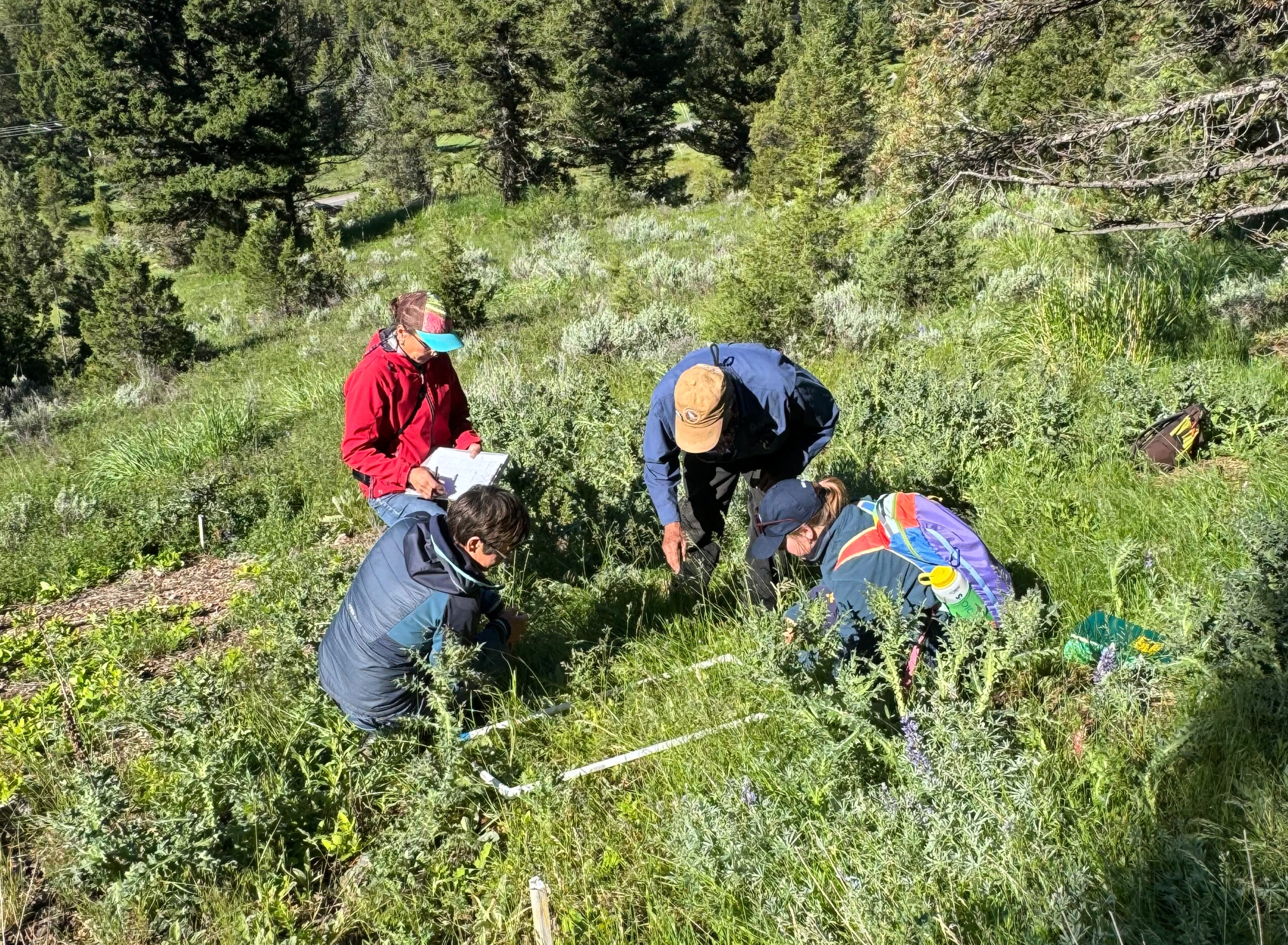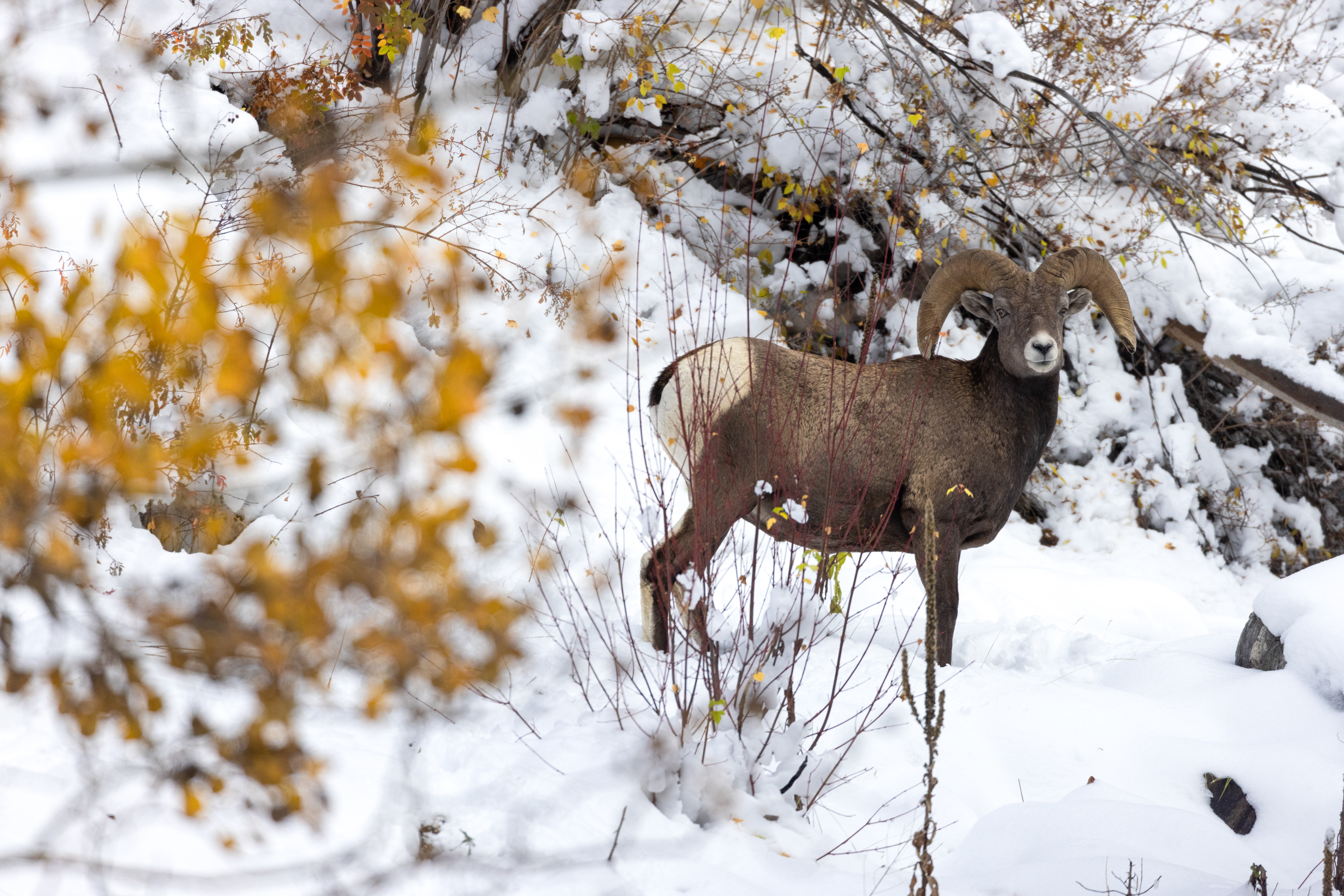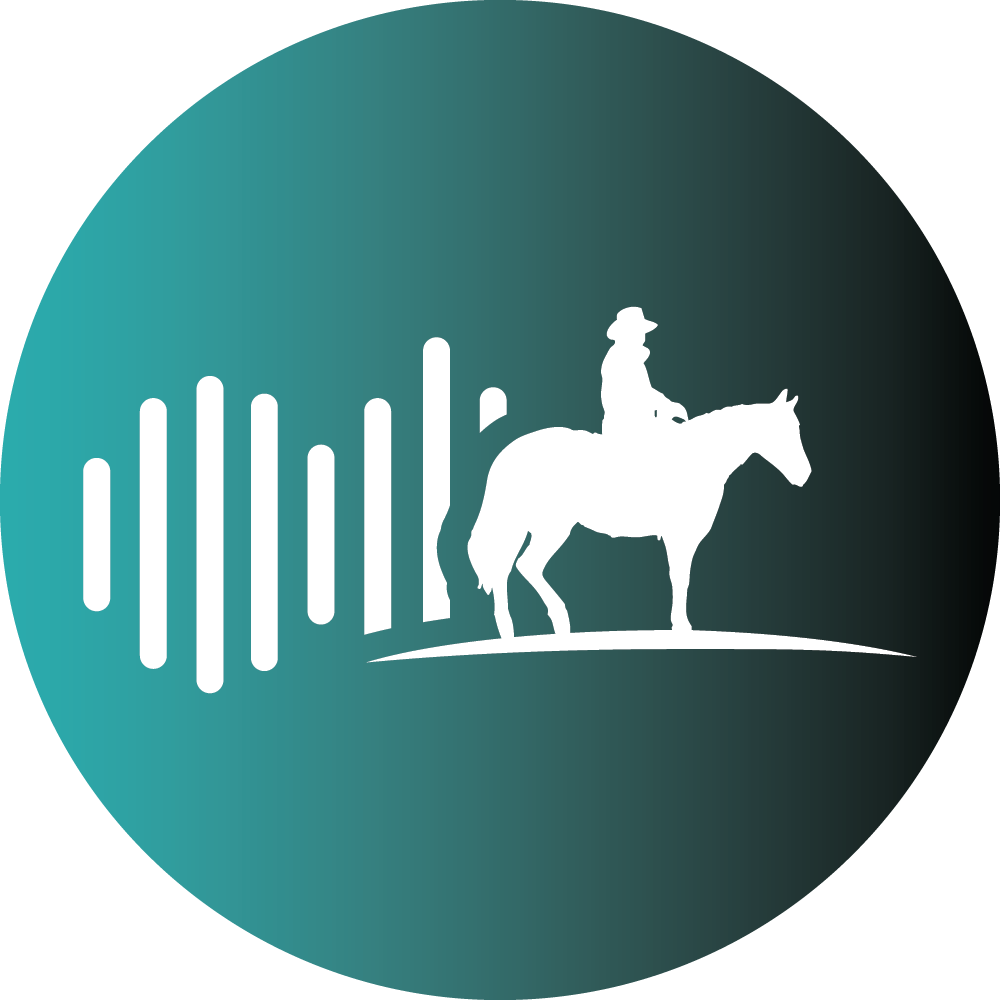By Abby Butler EBS COLUMNIST
Anyone who’s a frequent driver of the Gallatin Canyon is sure to have seen the iconic bighorn sheep roaming the rocky hillsides of Montana Highway 64 and at times even risking their lives on the road’s edge for a salty, mineral snack. With a population of 150-200 sheep, the Spanish Peaks herd ranges from Durnham Meadows to Beartrap Canyon and is geographically separate from its neighbor—the Taylor-Hilgard herd.
At the start of the nineteenth century, the total population of bighorn sheep in North America was estimated around 1.5-2 million individuals. Today, less than 70,000 bighorn sheep remain across the continent. The cause? Overharvesting along with competition and diseases introduced by domestic livestock. Scientists and government agencies have a better grasp on disease transmission today, but the threat still exists and is now exacerbated by increased habitat degradation and fragmentation.

For survival and reproduction, bighorn sheep require reliable and nutritious forage year-round. This looks like consuming grasses, sedges, and forbs on summer range and relying on bunchgrasses and shrubs on winter range. The rocky, steep hillsides running along MT 64, part of the Custer-Gallatin National Forest and running into private land, is essential winter range for the Spanish Peaks herd.
You might drive by and see what looks like plenty of plants growing, but not all plants are made equal. A great example is cheatgrass. This non-native invasive plant is widespread in the western U.S. and is a pro at outcompeting native plants. A hillside composed of cheatgrass versus native bunchgrasses like bluebunch wheatgrass or Great Basin wildrye is incomparable when it comes to nutritional value. Other invasive species like musk thistle, spotted knapweed, and houndstongue further outcompete native forbs and grasses that make up bighorn sheep diet.
With the conservation of native species as the driving force behind Grow Wild’s mission in the Upper Gallatin Watershed, restoring bighorn sheep winter range in Big Sky emerged as a natural priority. In 2010 we initiated efforts to manage noxious weeds on bighorn sheep winter range and in 2015, we conducted our first field trial. In partnership with the Custer-Gallatin National Forest, the Gallatin County Weed District, Montana State University, and the Natural Resources Conservation Service, we established experimental test plots which are managed and monitored annually. These plots help us evaluate the effectiveness of different treatment methods on the occurrence and relative abundance of invasive and native plant species. Ultimately, we aim to determine which management strategy most effectively promotes the recovery of native grasses, forbs, and shrubs at levels sufficient to sustain a healthy winter population of bighorn sheep. This multi-faceted work is ongoing and you can find more information on our website.

These efforts are only a part of the solution.
Invasive species require vectors to spread and one of the best vectors is us. With so much federal land adjacent to private land, how private land is managed directly affects the health of its neighbors. Invasive species don’t adhere to property boundaries and neither do wildlife. The nature of this work requires an informed community to champion land stewardship on not only public land, but private as well.
If we wish to continue experiencing the awe of spotting wildlife like bighorn sheep while adventuring, driving or even in our own backyards, taking a look at your actions and how they might be impacting wildlife habitat is essential for ensuring that wildlife have a place in Big Sky. Grow Wild and our partners’ efforts are only as strong as the community behind us.
What can you do? Check out Grow Wild for resources on managing invasives and planting native plants and request a free landowner site visit for expertise specific to your property through Alpenscapes. Whether or not you own property, we can all have an impact when recreating. This means practicing PlayCleanGo every time you recreate and being a proud proponent of it. In a world where personal impact often feels fruitless, let this be your reminder that when it comes to caring for your local landscape, collective, community action is more far-reaching than you could ever imagine.
Abby Butler is the Conservation Program Coordinator at Grow Wild.













